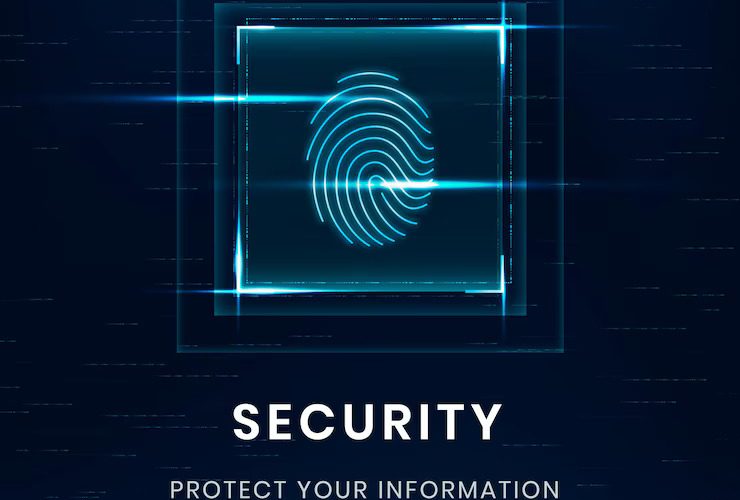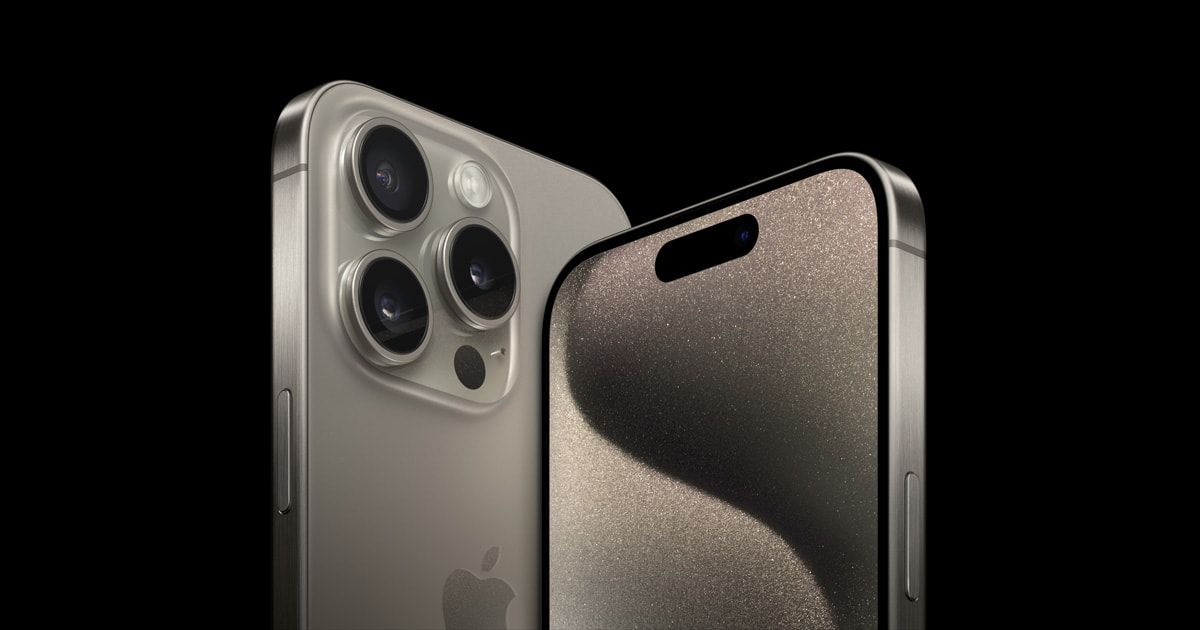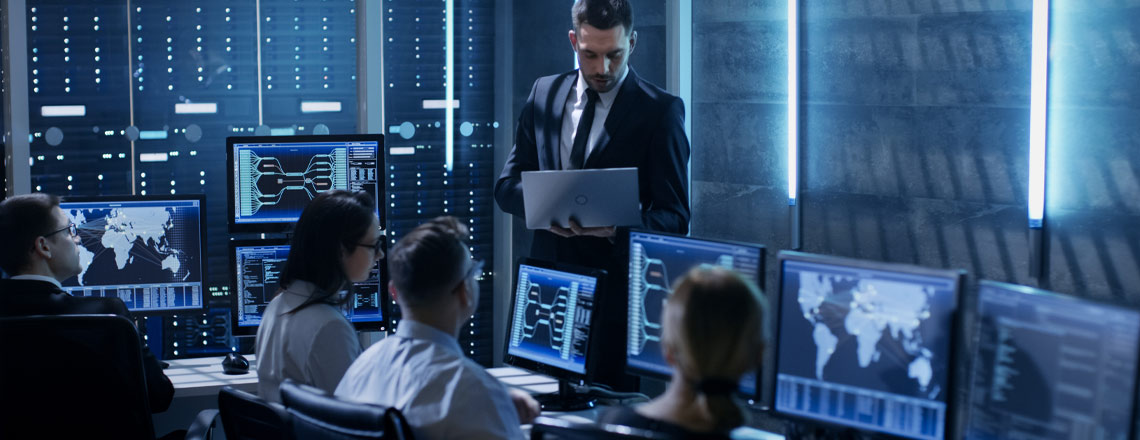Biometric Security Technology: A Game-Changer in Modern Security
In today’s digital age, traditional security methods like passwords and PINs are rapidly becoming inadequate due to rising cyber threats and vulnerabilities. Biometric security technology has emerged as a cutting-edge solution, offering enhanced security by utilizing unique biological traits such as fingerprints, facial recognition, and even voice patterns to verify identity. This technology is transforming how organizations, governments, and individuals secure sensitive data and assets, providing a more robust and personalized approach to security.
What Is Biometric Security Technology?
Biometric security technology refers to systems that authenticate and verify individuals based on their unique physical or behavioral characteristics. These characteristics, often referred to as “biometric identifiers,” include fingerprints, facial features, iris or retina scans, voice recognition, and even patterns in handwriting or gait. The underlying principle is that these traits are inherently personal, difficult to forge, and almost impossible to replicate, making biometric technology one of the most secure ways to authenticate a person’s identity.
There are two main types of biometrics:
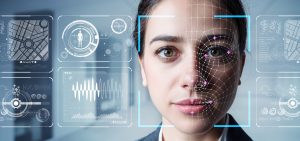
- Physical Biometrics: This includes features like fingerprints, facial structure, iris scans, and even hand geometry.
- Behavioral Biometrics: This refers to characteristics like voice recognition, typing patterns, or gait analysis.
Key Benefits of Biometric Security Technology
Enhanced Security:
Unlike traditional security methods, such as passwords or key cards, biometric data cannot be easily lost, stolen, or guessed. For example, fingerprints and facial recognition are unique to each individual, making it much harder for unauthorized persons to gain access.
Convenience:
Biometric security systems offer a seamless and convenient way to verify identity. Instead of remembering passwords or carrying access cards, users can simply scan their fingerprint, face, or other identifiers to gain entry to systems or buildings.
Speed and Efficiency:
In high-security environments, biometric systems offer faster authentication than traditional methods. Facial recognition systems, for instance, can verify identity in milliseconds, making it ideal for environments where speed is essential, such as airports or high-security facilities.
Reduced Fraud:
Biometric authentication greatly reduces the risk of identity fraud. Since biometric traits cannot be easily forged or duplicated, it becomes much harder for criminals to impersonate someone else or hack into secure systems.
Integration with Modern Systems:
Biometric technology can be integrated into a variety of platforms, including smartphones, laptops, and security systems. Today, most modern devices, such as Apple’s Face ID or Samsung’s fingerprint recognition, incorporate biometric technology for secure access.
Types of Biometric Security Systems
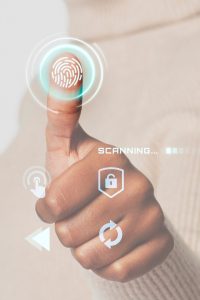
Fingerprint Recognition:
One of the most widely used biometric technologies, fingerprint recognition is highly accurate and cost-effective. It is commonly used in smartphones, laptops, and secure access points. Fingerprint scanners capture the unique patterns on an individual’s fingertips and compare them to stored data for authentication.
Facial Recognition:
Facial recognition uses advanced algorithms to analyze the unique structure of a person’s face, such as the distance between eyes, nose, and mouth. It is widely used in smartphones (e.g., Apple Face ID) and security systems for access control in public spaces like airports and government buildings.
Iris and Retina Scans:
Iris recognition scans the unique patterns in the colored part of the eye, while retina scanning focuses on the blood vessel patterns at the back of the eye. These systems are highly accurate and secure, often used in high-security environments like military installations.
Voice Recognition:
Voice recognition analyzes vocal patterns and speech characteristics to authenticate users. It is often used in customer service systems, such as banking or tech support, where verbal verification is required.
Behavioral Biometrics:
This emerging field includes systems that authenticate users based on their typing patterns, mouse movements, or even walking gait. Behavioral biometrics are particularly useful in monitoring continuous authentication, ensuring that the person accessing a system remains the authorized user throughout a session.
Real-World Examples of Biometric Security Technology

Airports and Border Control:
Airports around the world are increasingly adopting biometric technology for enhanced security and faster passenger processing. For example, Dubai International Airport uses biometric gates equipped with facial recognition and iris scanning to streamline immigration checks, allowing passengers to pass through security in seconds. Similarly, the U.S. Customs and Border Protection agency uses facial recognition technology for automated entry and exit systems at many international airports.
Banking and Financial Services:
Biometric security is becoming critical in the financial sector, where security breaches can have catastrophic consequences. Several banks, including HSBC and Wells Fargo, now offer voice recognition technology for phone banking services. Customers’ voices are analyzed and used to authenticate their identity, reducing the risk of fraud.
Healthcare:
In the healthcare industry, biometric systems ensure that only authorized personnel have access to sensitive patient data. For instance, NewYork-Presbyterian Hospital has implemented fingerprint and iris recognition for secure access to electronic health records, ensuring that patient data is protected while enabling quick access for medical professionals.
Law Enforcement:
Biometric technology is also playing a crucial role in modern policing. The FBI’s Next Generation Identification (NGI) system uses fingerprint and facial recognition technology to aid in criminal investigations, helping law enforcement agencies quickly identify suspects. This system has been instrumental in solving cases and preventing identity fraud.
Case Studies: The Impact of Biometric Security Technology
India’s Aadhaar Program:
One of the largest biometric programs in the world, India’s Aadhaar initiative aims to provide each citizen with a unique identity number based on biometric data, including fingerprints, iris scans, and facial recognition. This biometric database allows citizens to access government services securely, such as banking, subsidies, and healthcare, while significantly reducing fraud and identity theft.
UK’s Metropolitan Police Facial Recognition:
In a move to enhance public safety, the Metropolitan Police in London has deployed live facial recognition technology at various public events and locations. This system helps law enforcement identify individuals on watchlists in real-time, leading to several successful arrests and preventing crimes. However, it has also sparked debates about privacy and data protection.
Apple Face ID for Secure Payments:
Apple’s Face ID technology has revolutionized biometric authentication in consumer electronics. By using facial recognition to unlock devices and authorize secure payments via Apple Pay, millions of users now enjoy seamless, secure access to their smartphones and transactions. The system’s accuracy and convenience have set new standards for biometric security in consumer technology.
Challenges and Considerations
While biometric security technology offers numerous benefits, there are some challenges and ethical considerations to address:
Privacy Concerns:
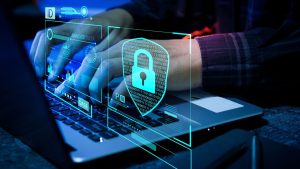
Biometric data is highly sensitive, and if compromised, it could have serious consequences. Unlike passwords, biometric data cannot be changed, so ensuring its secure storage and handling is paramount. Organizations need to implement stringent data protection measures to prevent breaches.
False Positives/Negatives:
No biometric system is 100% accurate. There is always a small risk of false positives (unauthorized persons gaining access) or false negatives (legitimate users being denied access). Continuous improvements in biometric algorithms are essential to minimize these errors.
Cost and Infrastructure:
Implementing biometric security systems can be expensive, particularly for large organizations or governments. Additionally, specialized hardware (e.g., fingerprint scanners or iris cameras) is required for many biometric systems, adding to the overall cost.
Ethical Issues:
The widespread use of biometric technology, especially facial recognition, has sparked debates about surveillance and privacy rights. Governments and organizations must balance security needs with respecting individual privacy.
The Future of Biometric Security Technology
Looking ahead, biometric security technology is expected to evolve further, with AI and machine learning playing a significant role in improving accuracy and speed. For example, AI-powered facial recognition systems can learn to recognize users in various lighting conditions or with changes in appearance, enhancing the technology’s robustness.
Moreover, advancements in DNA-based biometrics could offer even more secure methods of identity verification in the future. As technology progresses, biometric systems will continue to be integrated into everyday life, from smart homes and cars to wearable devices, providing ever-greater levels of security and convenience.
Conclusion
Biometric security technology is rapidly transforming the security landscape, offering a level of protection that traditional methods cannot match. Its benefits—from enhanced security and convenience to fraud reduction—make it a valuable tool across various industries, including healthcare, banking, law enforcement, and beyond. As biometric technology advances and addresses current challenges, it will continue to play a vital role in ensuring the safety and security of both individuals and organizations in the digital era.






